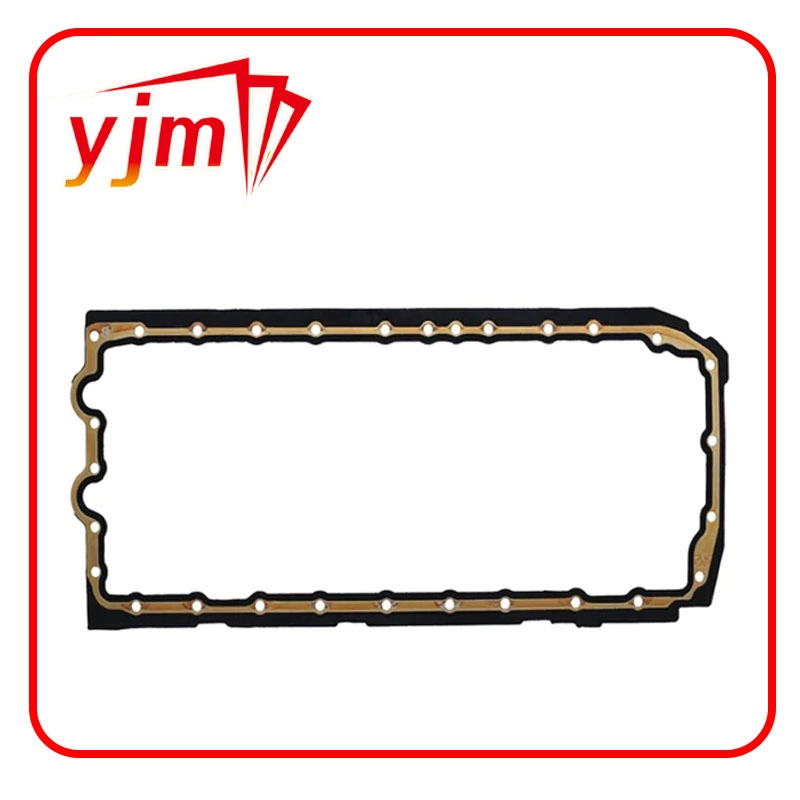Choosing the Right Oil Seal for Enhanced Performance of Rotating Shafts in Machinery
The Importance of Oil Seals for Rotating Shafts
Oil seals, also known as rotary shaft seals or lip seals, play a crucial role in various machinery and automotive applications. These components are designed to retain lubricants and prevent the ingress of contaminants, thereby ensuring the longevity and efficiency of rotating shafts. Understanding the significance, design, and applications of oil seals can provide insights into their pivotal role in mechanical systems.
What is an Oil Seal?
An oil seal is a mechanical device that seals the interface between a stationary and a moving part. It typically consists of a rubber or elastomeric material with a rigid outer casing that fit snugly into the housing of a machine. The seal often features a lip that exerts a slight pressure against the rotating shaft, creating a barrier that keeps oil in while blocking dirt, dust, and moisture from entering.
Importance of Oil Seals
1. Lubrication Retention In most machinery, lubricants are essential for reducing friction and wear between moving parts. Oil seals ensure that oil remains contained within the system, thus optimizing the performance and efficiency of machinery.
2. Contamination Prevention Without oil seals, contaminants could enter the lubrication system, leading to accelerated wear and potential failure of mechanical components. The seals prevent foreign particles, moisture, and dirt from compromising the integrity of the lubricant.
3. Cost-Effectiveness The use of oil seals can significantly reduce maintenance costs. By preventing leaks and contamination, they extend the service life of machinery, resulting in fewer repairs and lower operational costs.
4. Safety In applications where harmful or corrosive substances are involved, oil seals help maintain a safe working environment by containing hazardous materials and preventing leaks that could lead to accidents.
oil seal for rotating shaft

Design Considerations
The design of an oil seal must cater to various factors, including the type of application, operating conditions, and material compatibility. Common materials used for oil seals include nitrile rubber (NBR), fluoroelastomer (FKM), and silicone elastomers. Each material offers different chemical and temperature resistance, making it essential to select the right type for specific applications.
Additionally, the geometry of the seal is crucial. The lip design, for instance, can vary to accommodate different shaft surface finishes and rotational speeds. Manufacturers often offer oil seals in a range of sizes and configurations to meet diverse industrial requirements, making customization options available to best suit the application.
Applications
Oil seals are found in a wide range of industries, including automotive, aerospace, manufacturing, and agriculture. In the automotive sector, they are commonly used in engines, transmissions, and differential assemblies. Their role in these applications is vital to ensure smooth operation while retaining essential lubricants.
In the aerospace industry, oil seals help protect critical components from extreme environmental conditions, while in manufacturing, they are used in various machinery, such as pumps and motors, to enhance operational reliability.
Conclusion
Oil seals for rotating shafts are essential components that serve vital functions in mechanical systems. They not only retain lubricants but also protect against contamination, ensuring the efficient and safe operation of machinery. With the right design and material selection, oil seals can significantly improve the longevity and efficiency of various applications across multiple industries. As technology continues to advance, the development of more specialized and efficient oil seals will further enhance performance in rotating machinery, highlighting their enduring importance in engineering.
-
The Ultimate Guide to Boat Propeller Bearings and Trailer Wheel Bearings
News Jul.31,2025
-
The Essential Guide to Marine Bearings and Boat Trailer Wheel Bearings
News Jul.31,2025
-
The Complete Guide to Heavy Duty Seals: Protecting Doors and Spaces Efficiently
News Jul.31,2025
-
Essential Guide to Marine Shaft Bearings and Boat Trailer Axle Bearings
News Jul.31,2025
-
Comprehensive Guide to Marine and Trailer Bearings for Safe Boating and Transport
News Jul.31,2025
-
Comprehensive Guide to Automotive Oil Seals: Protecting Your Engine and Shafts
News Jul.31,2025
-
Understanding Automotive Oil Seals: Essential Components for Engine and Shaft Protection
News Jul.30,2025
Products categories















